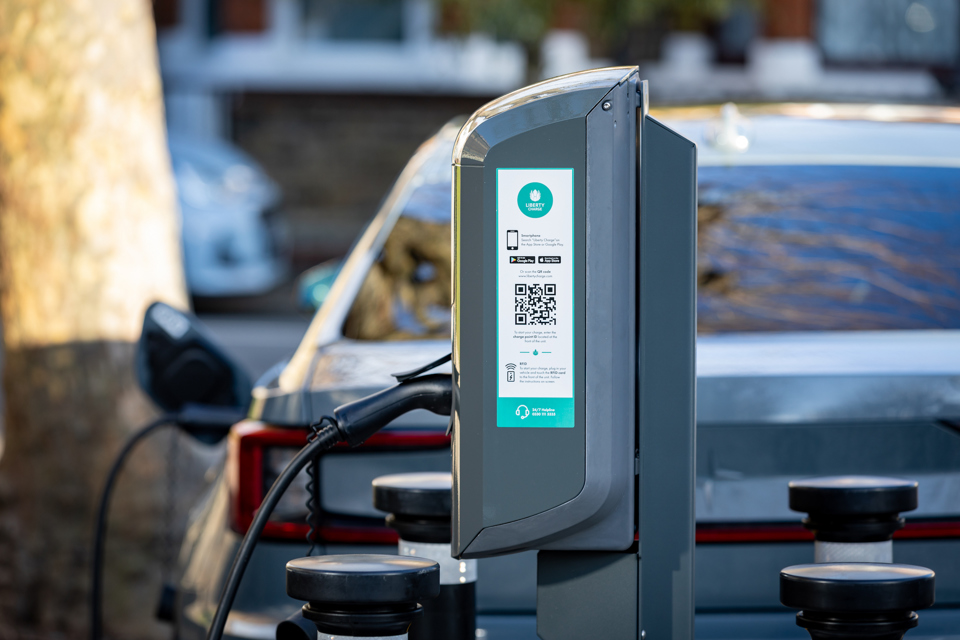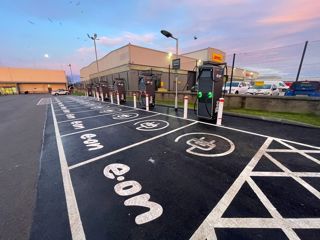Nearly half of local authorities believe it will take less than a year to install electric vehicle (EV) charging infrastructure, when it actually takes closer to three.
The findings come from a study by Liberty Charge, targeting local authority professionals involved in EV charging infrastructure.
It found that 85% of local authorities believe it will take less than two years to install EV charging infrastructure, including charge point strategy creation.
Neil Isaacson, CEO of Liberty Charge, said: “As councils have not been given access to insight on timescales, they believe we have more time than we do to install the EV charging networks required to service demand. The reality is that we are way off track.”
Before any installation works can begin, a local authority needs to define a charge point strategy, which includes recruiting an experienced lead. This process alone can take up to nine months.
If Local Electric Vehicle Infrastructure (LEVI) funding is chosen, experience of the pilot scheme has shown it can take 12 months for a funding decision.
The Office for Zero Emission Vehicles (OZEV) says it will release the full fund in two tranches; in the financial year 23/24, and another in 24/25 – suggesting there could be another year to wait, if the initial application is unsuccessful. Six months is then required to identify the most appropriate sites, and a further three months for deployment – taking the total to 30 months, or two-and-half years.
This process can be reduced to less than 15 months by going directly to a CPO offering a fully-funded solution. Liberty Charge’s end-to-end provision, for example, delivers (post strategy creation) within six months, with zero reliance on public funding.
Liberty Charge believes that the UK is not going achieve the number of charge points needed to switch to electric transport unless installation pace is ramped up very significantly.
Isaacson added: “It is important that the correct focus is placed on strategy development. The 15 months we estimate when not using Government funding, includes nine months for strategy creation, which is a vital part of creating charging networks that truly meet the needs of all residents – not just those that currently own an EV.”























Login to comment
Comments
No comments have been made yet.